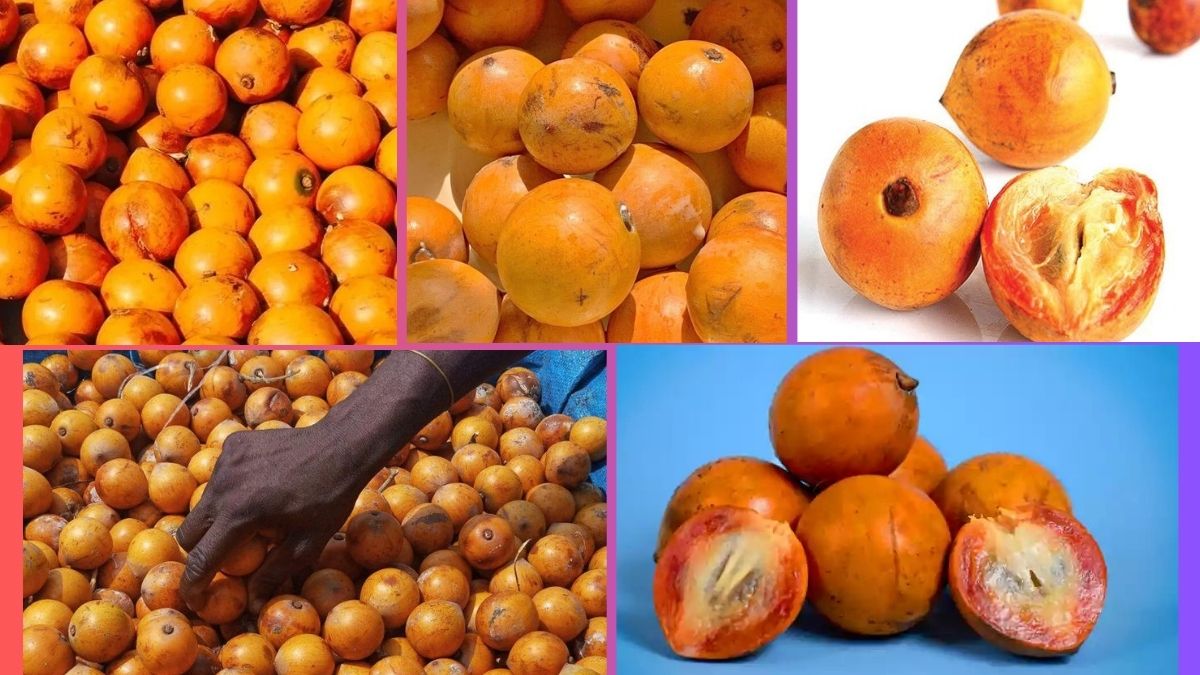In the vibrant world of tropical fruits, the African Star Apple holds a special place in West Africa’s rich agricultural and cultural heritage. Known scientifically as Chrysophyllum albidum, and locally by names like Agbalumo (Yoruba), Udara (Igbo), or Eha (Efik), this exotic, sweet-sour fruit is cherished for its refreshing taste, medicinal properties, and high nutritional value.
Often likened to its distant relatives — the star apple (Chrysophyllum cainito) and the sapodilla — the African Star Apple boasts a leathery orange or green skin enclosing a jelly-like, tart pulp surrounding one to five flat, shiny seeds. As demand for indigenous fruits and natural health remedies increases both within Africa and abroad, it’s important to ask:
Which country leads global production of the African Star Apple?
The answer is emphatic: Nigeria.
This article will explore the history, characteristics, ecological importance, cultivation practices, production data, and the reasons why Nigeria dominates global African Star Apple production.
What is the African Star Apple?
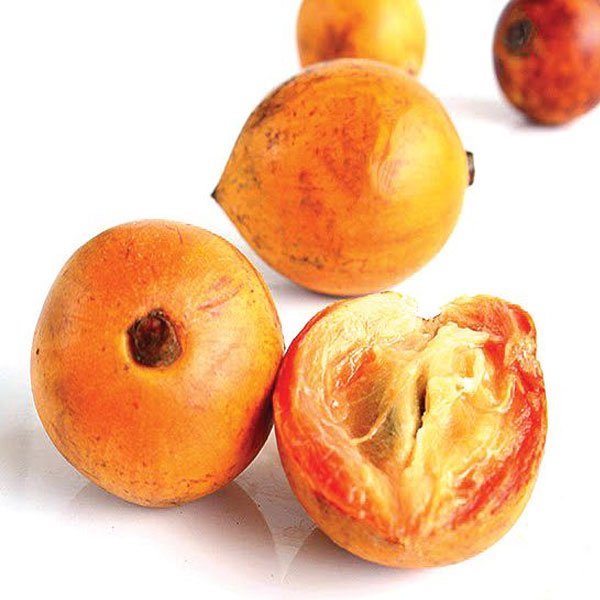
The African Star Apple (Chrysophyllum albidum) is a tropical fruit tree native to West Africa, belonging to the Sapotaceae family. The tree grows up to 25–30 meters tall, with evergreen foliage and a dense crown. It produces spherical or oval fruits about 3–6 cm in diameter, with a thin, firm skin and a pulp varying in color from white to orange, depending on ripeness and variety.
The fruit’s flavor is a distinctive combination of tartness and sweetness, making it a seasonal favorite in markets across West Africa, especially between December and April.
Cultural and Economic Importance
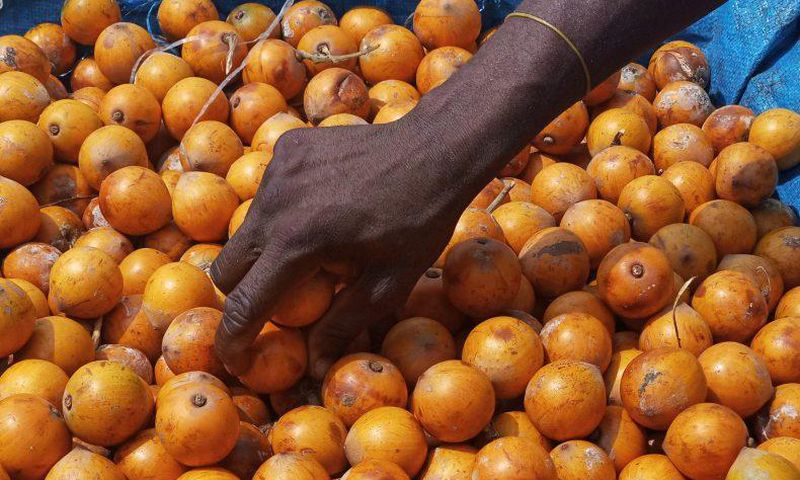
For centuries, African Star Apple has been a staple in traditional African medicine and culinary practices. Local communities have valued the fruit, leaves, bark, and seeds for various uses:
- Fruits are eaten fresh, juiced, or fermented into drinks.
- Leaves and bark are used for treating ailments like diarrhea, high blood pressure, and skin infections.
- Seeds are occasionally employed in herbal remedies or processed for oil.
In Nigeria, the fruit is especially beloved, sold abundantly in markets and by roadside vendors during its peak season. Its unique sweet-tangy taste has made it a nostalgic childhood favorite for generations.
Where is the African Star Apple Grown?
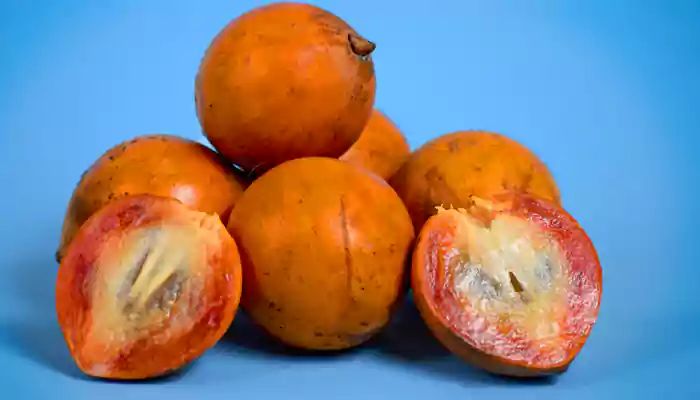
Native and Cultivated Regions
The African Star Apple thrives in humid and semi-humid tropical climates, preferring:
- Well-drained loamy soils
- Annual rainfall between 1,000–2,500 mm
- Temperatures ranging from 24°C to 30°C
Its native range spans:
- Nigeria
- Benin
- Ghana
- Côte d’Ivoire
- Cameroon
- Sierra Leone
- Togo
While it’s grown in home gardens, wild groves, and smallholder farms throughout these countries, Nigeria remains the largest cultivator and consumer.
Why is Nigeria the Largest African Star Apple Producer?
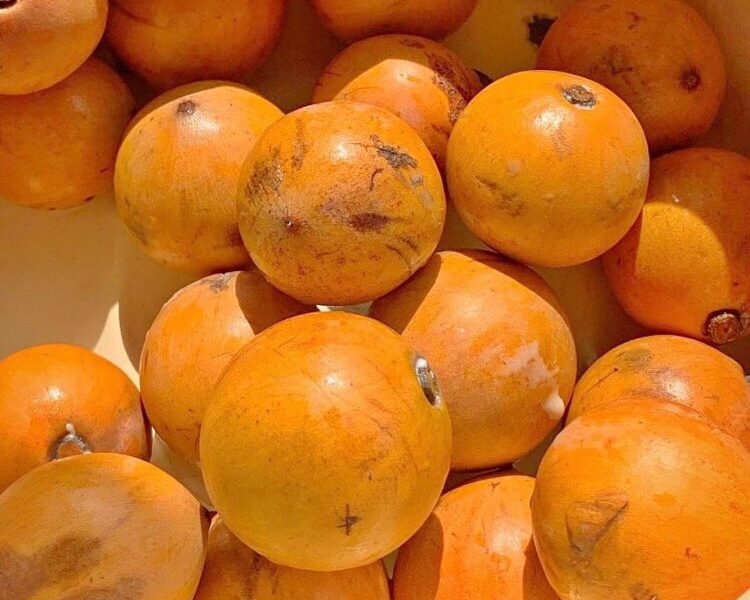
Several factors account for Nigeria’s unmatched production:
Favorable Climate and Growing Conditions
Nigeria’s tropical rainforest and derived savanna regions provide optimal conditions for African Star Apple trees. Key producing states include:
- Lagos
- Ogun
- Oyo
- Osun
- Ondo
- Ekiti
- Enugu
- Anambra
- Abia
- Imo
Deep Cultural Integration
The fruit is deeply embedded in Nigerian food culture, cherished both for its refreshing taste and health benefits. Its significance during festive seasons and rural market days ensures high domestic demand.
Large Wild and Cultivated Tree Population
Nigeria’s rich biodiversity, coupled with extensive wild-growing trees and home garden cultivation, contributes to its vast supply. Many communities preserve these trees as part of traditional agroforestry systems.
Economic Value for Rural Farmers
For smallholder farmers, African Star Apple represents a reliable seasonal income source. In many parts of Southern Nigeria, it’s one of the most profitable fruits during the dry season.
African Star Apple Production Statistics
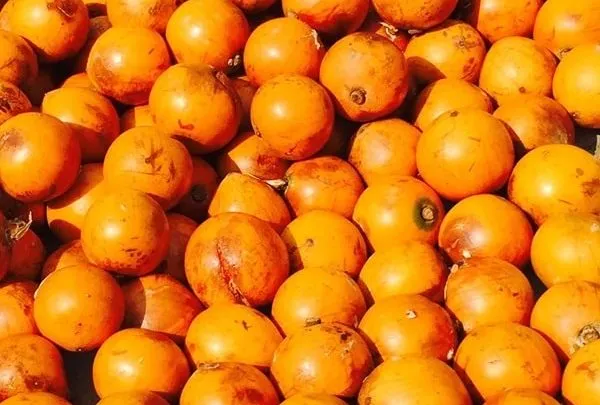
While exact global statistics on African Star Apple production are limited due to the fruit’s regional focus and informal trade channels, agricultural market surveys and ethnobotanical studies estimate:
- Nigeria accounts for over 65–70% of global African Star Apple production.
- Annual yields exceed 450,000–500,000 metric tonnes, mainly harvested between December and April.
- Other producers like Ghana, Benin, and Côte d’Ivoire follow distantly, primarily serving local markets.
Nutritional and Health Benefits
The African Star Apple is a nutritional powerhouse, rich in:
- Vitamin C
- Calcium and Phosphorus
- Iron and Magnesium
- Antioxidants (polyphenols and flavonoids)
- Dietary fiber
Health Benefits
Traditional medicine and modern studies alike attribute several health benefits to African Star Apple:
- Boosts immunity and fights infections.
- Aids digestion and prevents constipation.
- Helps manage blood sugar levels due to its low glycemic index.
- Supports bone health through its high calcium and phosphorus content.
- Promotes weight management by offering a low-calorie, high-fiber snack option.
- Antimicrobial and antioxidant properties that combat oxidative stress and inflammation.
Culinary and Commercial Uses
Although primarily consumed fresh, the African Star Apple has various culinary and commercial applications:
- Juices and fruit drinks
- Local wines and fermented beverages
- Fruit jams and preserves
- Nutraceutical powders and health supplements
The fruit’s natural sweetness and tanginess make it a perfect ingredient for desserts and tropical fruit blends.
Market Potential and Economic Impact
As interest in indigenous African superfruits rises globally, the African Star Apple offers significant economic opportunities for Nigeria:
- Rural employment and dry-season income for smallholder farmers.
- Growing demand for organic and natural health products.
- Prospects for developing value-added products like juice concentrates, dried fruit snacks, herbal teas, and nutraceuticals.
In urban markets, African Star Apple enjoys premium prices during its peak season, especially in cities like Lagos, Abuja, Ibadan, and Port Harcourt.
Conservation and Sustainable Cultivation
Despite its popularity, African Star Apple faces challenges from:
- Deforestation
- Urban expansion
- Lack of organized commercial plantations
Efforts by agricultural researchers, NGOs, and government programs are promoting the conservation and propagation of Chrysophyllum albidum through:
- Agroforestry integration
- Seedling nurseries
- Farmer education
- Wild tree protection initiatives
Such sustainable practices aim to secure both ecological diversity and economic livelihoods for future generations.
Conclusion
To definitively answer the thesis question:
Nigeria is the largest African Star Apple producer globally.
Thanks to its:
- Ideal tropical climate
- Deep cultural attachment
- Widespread wild and cultivated tree populations
- Thriving local and regional market demand
Nigeria accounts for well over two-thirds of the world’s African Star Apple production. While other West African nations contribute to the regional supply, none match Nigeria’s scale, cultural reverence, or economic impact from this cherished indigenous fruit.
As global interest in nutrient-rich, traditional African superfruits grows, Nigeria’s leadership in African Star Apple production offers both local prosperity and international opportunities — from health foods to nutraceutical markets and eco-tourism experiences.
